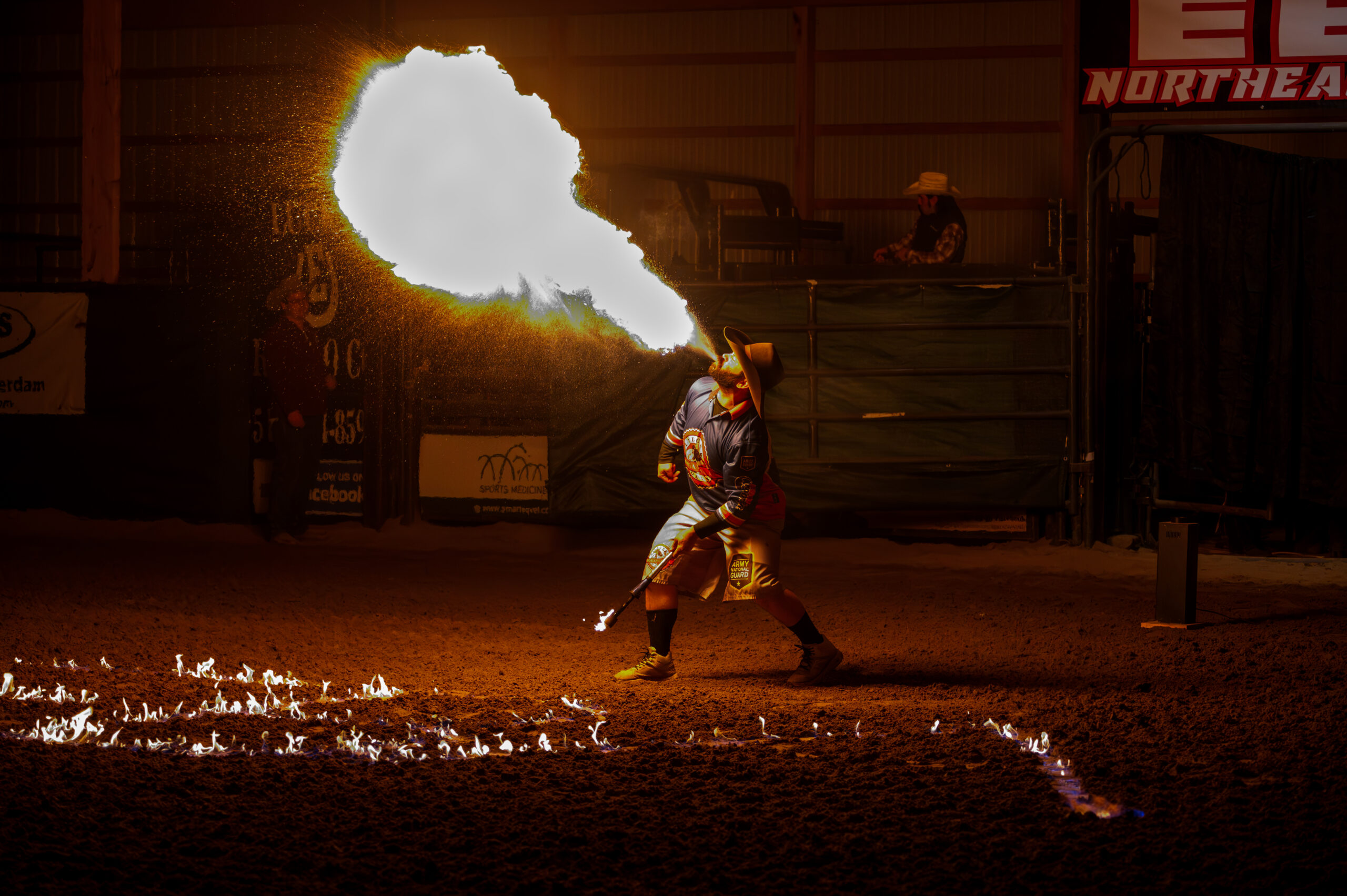Running With Your ‘Best Friend’ – Keep Your Canine Running Partner Safe, Happy
By Dr. Linda Madyda // April 3, 2016
You're In Charge...Play It Smart
ABOVE VIDEO: Before you begin running with your dog on a regular basis, consider your dog’s health, the environment where you’ll be running, and your dog’s obedience training.
BREVARD COUNTY, FLORIDA – Your dog’s love for you, and of running, may be unconditional. It will run with you in all sorts of conditions, almost always eager and never complaining.
You’re In Charge…Play It Smart
However, you are the master – or alpha person – in its life and are responsible to make critical decisions when it affects your dog’s health.
The weather, terrain, environment, distance and your best friend’s condition are all factors to take into consideration. Here are some tips on how to keep your canine jogger happy and comfortable during his or her running years:
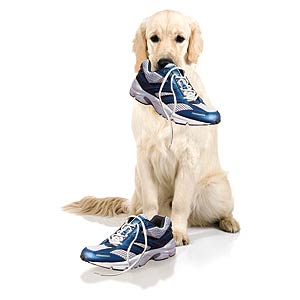
• Know, understand and be sensitive to your dog’s limits and athletic ability. Not every dog is an endurance runner. Although greyhounds appear to be distance athletes, they are built for sprints and are not endurance dogs; neither are toy poodles.
Labs are usually one of the best endurance dogs. While the larger dogs will have an easier time keeping up, some of the smaller herding breeds, such as the Corgi or Sheltie, do very well running or hiking distances.
• Just as you would with your own running program, start your dog out gradually. Begin a training regime by running or walking your dog around your neighborhood, increasing the distance as you and your dog become conditioned.
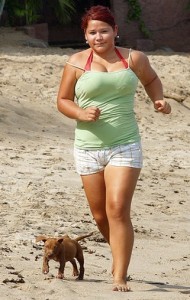
• A dog can start running at any age; however, if you can start with a puppy, it will have an easier time with the training. Puppies should not be run on hard surfaces until after 14 months of age, when their growth plates close. Puppies younger should be run shorter distances on soft ground or walked.
• Nutrition is another consideration in training your dog, and a complete and balanced diet will allow your dog to keep its energy up during a run. Try to avoid running immediately after a big meal, and make sure your dog is rested and cooled down from a run before feeding it.
• With the “dog” days of summer ahead, be vigilant and run exclusively during the early morning or early evening hours when temperatures are usually at their coolest.
Be aware that in the early evening hours the pavement is still very hot and makes your dog’s running environment much hotter than yours because the majority of their bodies are close to the ground.
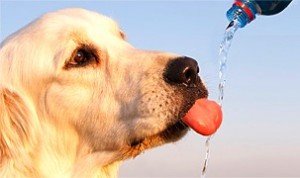
• Carry enough water for you and the dog(s), or run in areas where water is readily available. Teach your dog(s) how to drink from a water bottle or some sort of drinking container.
ALL dogs can quickly overheat, especially if they have a dark or heavy coat. Remember, dogs need more water than humans do!
• Try to run on trails which are shaded and soft. This will not only protect your dog’s joints but yours as well. The most common type of injury suffered by dogs that are running with their owners is footpad injuries.
Avoid running on hot pavement as this can easily lead to burns. Running in the woods can lead to cuts and scrapes. While these are difficult to avoid, leather boots are available for those dogs that exercise on extremely rough ground or ice and snow. If your dog sustains a footpad cut or scrape, proper first aid care should be administered immediately.
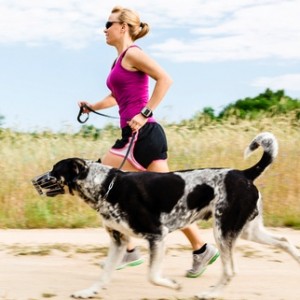
• Keep your dog on a short lead (4 to 6 feet) and under control at all times. This will help your dog avoid trouble and out of the path of others.
Good obedience training builds a solid foundation for the control necessary to run with your dog, but the best-trained dog can go astray. If it happens to see some furry creature cross in front of it, your best friend may become a victim. It happens all the time!
• Your dog relies on you to readily recognize the signs of fatigue or heat illness. If your dog starts to lag behind during the run, slow down and wait. It may even be necessary to cut your run short and walk if it continues to lag behind.
Be very aware of signs of heatstroke or illness: panting, mouth open and gasping for air, white foaming at the mouth, distressed, often unable to stand, movement uncontrolled and agitated, and gums that are deep red. The chest or abdominal area (groin area of its hindquarters) may be blotchy-red.
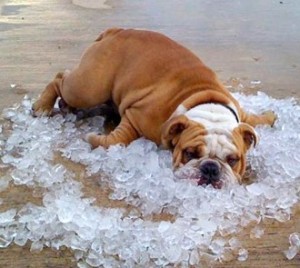
If your dog shows any of these signs, cool the dog immediately by thoroughly wetting with cold water and, if available, placing it in front of a fan in a shaded area. It is important not to force feed your dog water, it will drink when ready.
If your dog should start to vomit, or show no improvement within 10 minutes, seek veterinary help as quickly as possible.
Heatstroke can lead to coma, brain damage and death. Always remember that dogs do not have sweat glands as we do, and they can only regulate their body temperature by panting.
If you use a muzzle, make sure it can pant, and avoid the velcro kind that does not allow panting.
• Be sensitive to any change in your dog’s gait. Lameness can be something as simple as muscle soreness which is gone in one to two days or as complex as arthritis which will continue to worsen as the dog ages.
If lameness persists, it is important to visit your local veterinarian to determine the cause of the lameness and your dog’s ability to continue exercising.
Using common sense when running with your dog will make it an activity that can be enjoyed safely for a long time. For more information contact your veterinarian.
ABOUT THE AUTHOR

Dr. Linda Madyda is a graduate of Auburn University College of Veterinary Medicine and has been practicing in Brevard County for more than 20 years. She is a partner in the Viera East Veterinary Center and has an interest in K9 physical rehabilitation.
CLICK HERE FOR BREVARD COUNTY NEWS








